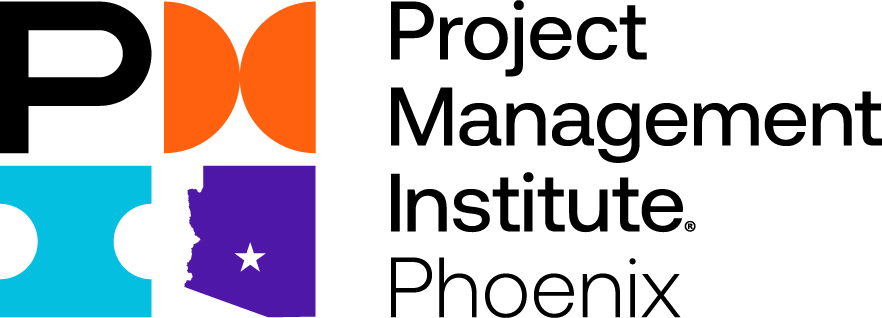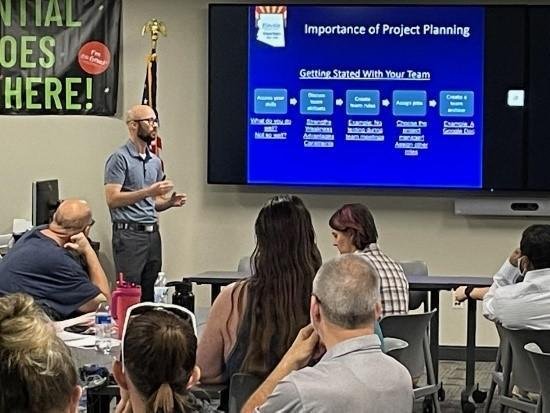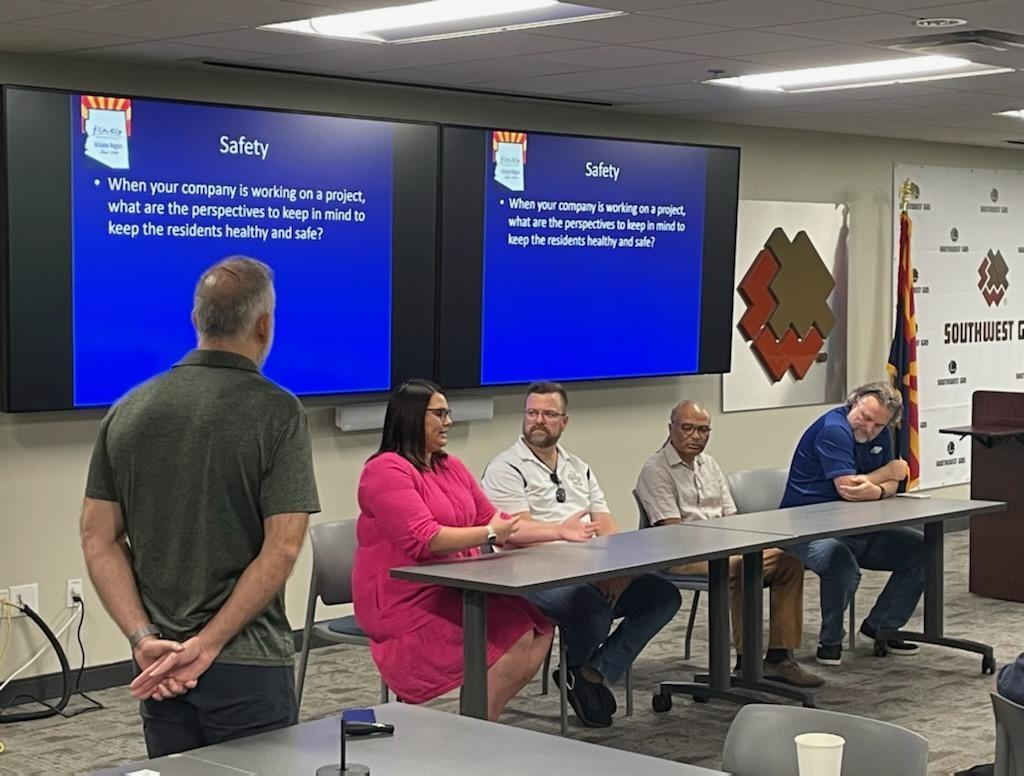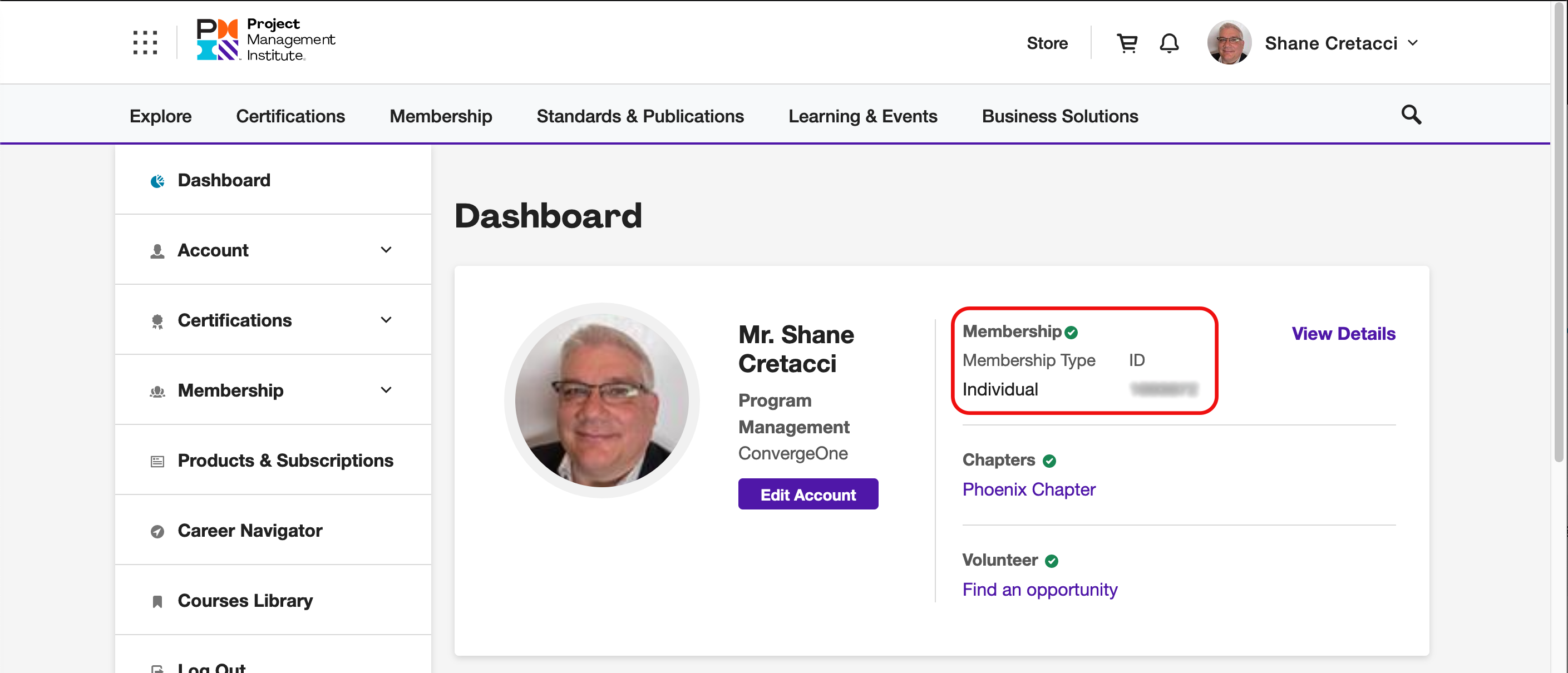To apply for retired status, please review the policies and submit a confirmation to us by email (
Once we receive the confirmation, we will process your request, update your certification status, and you will not need to earn or report professional development units (PDUs). If you have any questions or concerns, please contact Customer Care at 1 610 915 CARE (2273)
1. PMP Retired Status. PMP Retired status allows PMPs, who are retired, to remain within, and participate with, the PMI Certification Program. The PMP Retired is a retired status, and is not a credential for practice.
2. Eligibility. A PMP in good standing, who wishes to voluntarily relinquish his/her certification due to retirement,
and who has abided by the PMP Code of Professional Conduct, is eligible to receive PMP Retired status. PMP
Retired status is limited to qualified PMPs who no longer receive primary remuneration from practicing in the
project management field and have been a PMP in good standing for the last ten (10) consecutive years.
3. Recognition and Participation. PMPs who receive PMP Retired status are entitled to receive recognition in the
registry of PMPs, and eligible to participate in PMI Certification Program activities.
4. Use of PMP Retired Credential and Mark. PMPs with Retired status are granted permission to use the “PMP
Retired” status designation, as directed by the PMI Certification Program. PMPs Retired are not permitted to use
the “PMP” credential or related marks, unless they have returned to active PMP status, consistent with the terms of
this policy.
5. Reinstatement to Active PMP Status. PMPs who have received PMP Retired status, and who return to active
practice and wish to use the PMP credential in conjunction with their practice, are required to seek reinstatement
of active PMP status. PMPs Retired who are within the PMP certification expiration date that was in effect at the
time of status change to PMP Retired may have their active PMP status reinstated by paying all applicable fees at
the time of reinstatement. PMPs Retired who wish to reactivate their PMP status and are within one year beyond
their PMP certification expiration date, must satisfy the applicable Continuing Certification Renewal requirements,
and provide required documentation. PMPs Retired, who are a year beyond the expiration date of their PMP
certification, must satisfy requirements of the initial PMP certification process.




